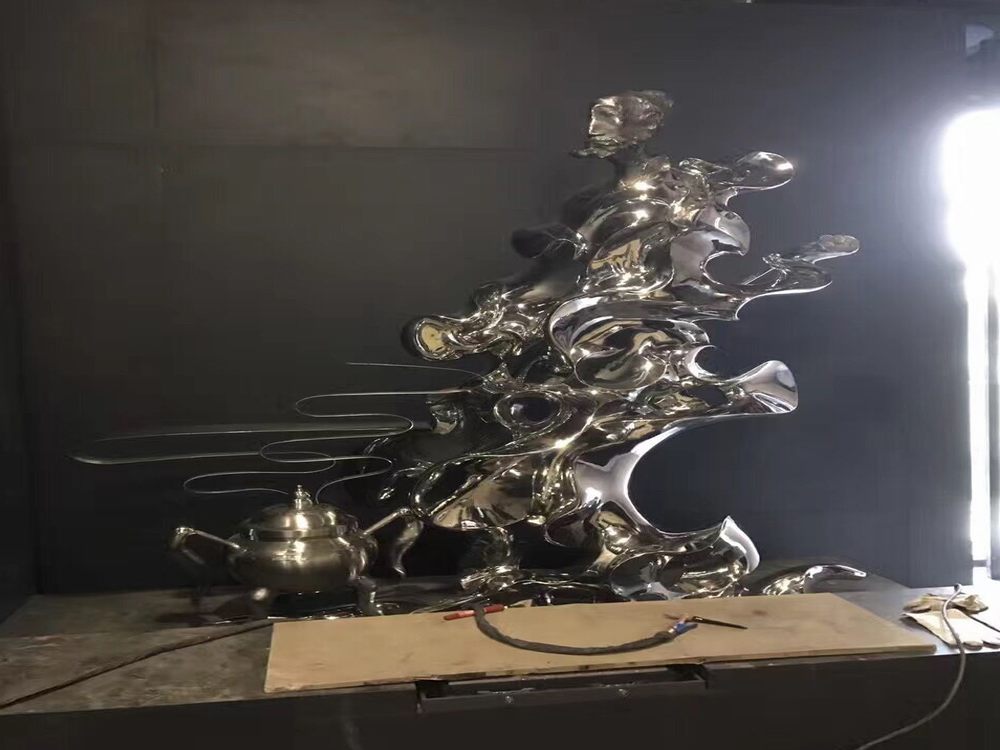
Creating the illusion of transparency or lightness in dense metal sculptures is a fascinating artistic challenge that requires both technical skill and creative vision. Artists employ several techniques to achieve this effect, transforming heavy materials into seemingly delicate forms.
One common method is perforation or latticework, where sections of the metal are carefully cut or drilled to create open patterns. This reduces visual weight and allows light to pass through, giving the sculpture an airy appearance. The strategic placement of these openings can mimic the look of translucent materials like glass or fabric.
Another approach involves hammering and thinning the metal to create areas of varying thickness. By skillfully manipulating the material, sculptors can produce sections that appear almost weightless, especially when combined with polished surfaces that reflect light. The contrast between thick and thin areas enhances the perception of depth and lightness.
Artists also use negative space as a powerful tool. By designing sculptures with intentional voids and open compositions, they create visual pathways that suggest transparency. The interplay between solid metal and empty spaces tricks the eye into perceiving lightness where none physically exists.
Finally, surface treatments like polishing, patination, or specialized finishes can dramatically alter how light interacts with the metal. A high-gloss finish might create mirror-like reflections that dissolve the sculpture's solidity, while carefully applied patinas can suggest ethereal qualities through color gradients and texture variations.
These techniques demonstrate how metal sculptors combine material knowledge with optical illusions to challenge our perceptions of weight and density in art. The result is often breathtaking - massive metal works that appear to float or shimmer with delicate transparency.

